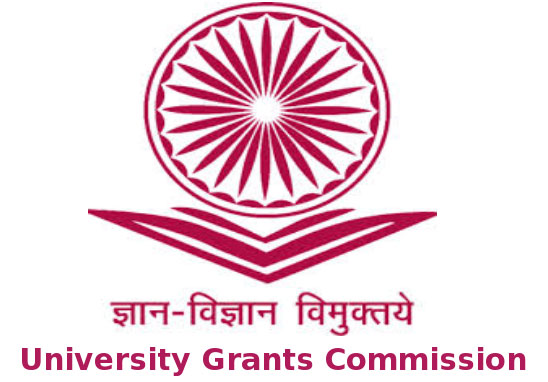Negotiating ‘Challenges’ to folklore in Digital age
Case Study of Phatobihu in India’s Northeast
Keywords:
Phatobihu, folklore, digital technologies, AssamAbstract
This paper seeks to trace the digital impact on folkloristic practice in India, in a context where the country has notched up record levels of digital engagement both in the private and public sphere. The attempt is to gauge whether digital technologies are shaping folkloristic traditions and how the local people embedded in such practices are responding to the presence and circulation of such technologies. Is it still possible for practitioners of folklore to retain its organic form and essay a nuanced relationship with technology in the digital age without being overwhelmed? Spatially, the focus area of this research is Assam located in India’s Northeast, a region steeped in various folkloristic traditions as opposed to the ‘mainland’ characterised by classical genres. The research in particular dwells on Phatobihu, whose practice is intertwined with the onset of the spring season and which as a folkloristic genre combines dance and song aided ably by food recipes.




